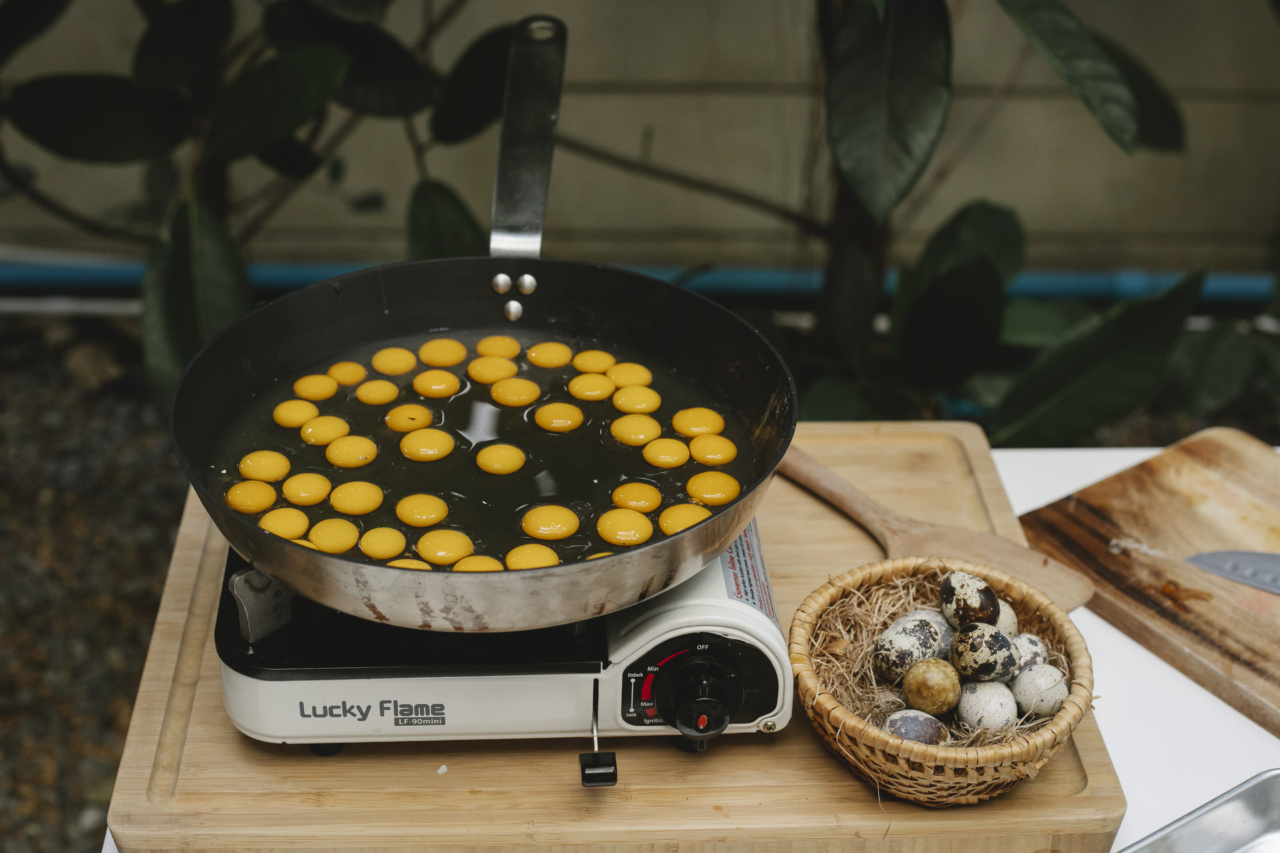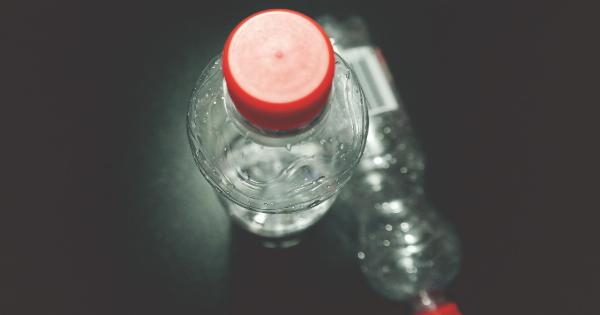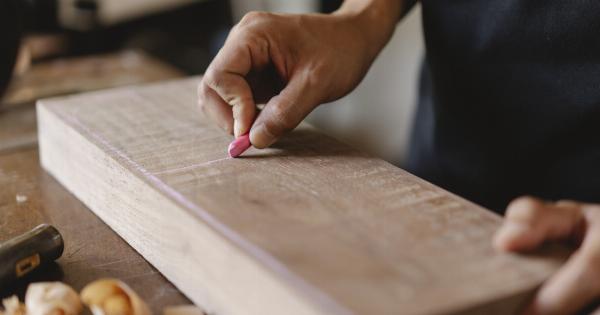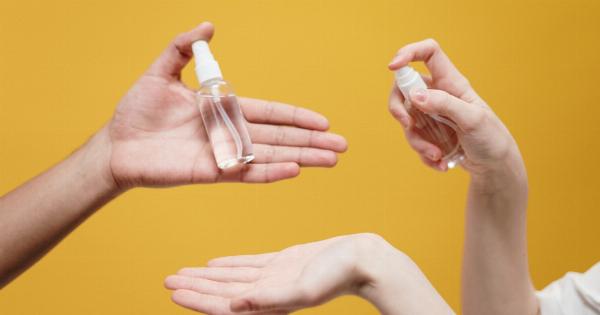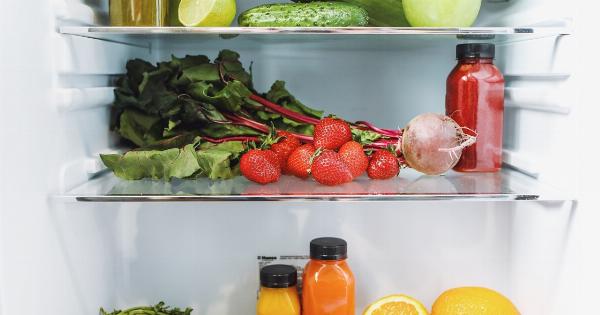Non-stick pans have become a popular choice for cooking due to their convenience and ease of use. The surface of these pans is coated with a layer of polytetrafluoroethylene (PTFE), commonly known as Teflon, which prevents food from sticking.
However, concerns have been raised about the potential release of chemicals from non-stick pans, especially when they are scratched.
The Chemistry Behind Non-Stick Pans
The key component of non-stick pans is the synthetic polymer PTFE. This material is exceptionally resistant to heat, which makes it ideal for cooking purposes.
The non-stick properties of PTFE arise from its densely packed carbon-fluorine bonds, which create a very smooth and low-friction surface. When heated, these strong bonds prevent food from adhering to the pan, making cooking and cleaning much easier.
The Potential Dangers of Non-Stick Pans
While PTFE itself is relatively inert and safe for cooking at normal temperatures, concerns have emerged about the release of certain chemicals when non-stick pans are scratched or overheated.
The primary concern is the release of perfluorooctanoic acid (PFOA) and other perfluorinated compounds (PFCs).
PFOA is a chemical that was historically used in the production of PTFE. However, due to its persistence in the environment and potential health risks, its use has been phased out by major manufacturers.
PFOA exposure has been linked to various adverse health effects, including cancer, reproductive disorders, and developmental issues.
The Impact of Scratching on Non-Stick Pans
When a non-stick pan gets scratched, the underlying metal surface is exposed, and the possibility of chemical release increases.
While a tiny scratch is unlikely to cause significant harm, repeated scratching or heavy damage to the non-stick coating can lead to increased chemical release.
Due to concerns over PFOA, major manufacturers have transitioned to producing PTFE-based non-stick pans without the use of PFOA.
The newer generation of non-stick pans, often labeled as PFOA-free, greatly reduce the risk of exposure to this particular chemical. However, it is important to note that other PFCs may still be present and potentially released when the pan is scratched.
The Release of Chemicals from Scratched Non-Stick Pans
While using a scratched non-stick pan does not automatically mean you are exposed to harmful chemicals, it is essential to be cautious.
When a scratch occurs, both heat and the presence of acidic or fatty foods can contribute to the release of chemicals from the non-stick coating.
Research has shown that when non-stick pans are heated above certain temperatures (usually above 500°F or 260°C), a process called ‘pyrolysis’ can occur.
Pyrolysis is a chemical reaction that breaks down the PTFE coating and can release potentially toxic fumes.
Additionally, scratching the surface of a non-stick pan can create tiny particles of PTFE that may be ingested unintentionally.
Although the health risks associated with the ingestion of PTFE particles are still not fully understood, it is generally recommended to minimize the consumption of such particles.
Minimizing Risks and Best Practices
To reduce the potential risks associated with scratched non-stick pans, consider following these best practices:.
- Avoid using metal utensils or abrasive sponges that can damage the non-stick coating.
- Use wooden, silicone, or other non-scratch utensils.
- Handwash your non-stick pans instead of using a dishwasher, as harsh dishwasher detergents and high water temperatures can deteriorate the coating.
- Avoid high heat settings when cooking with non-stick pans.
- Replace non-stick pans when the coating becomes extensively scratched or damaged.
Conclusion
Non-stick pans provide a convenient cooking experience, thanks to their PTFE coating that prevents food from sticking.
While there is some concern about the potential release of chemicals when these pans are scratched, particularly PFOA and other PFCs, the risks can be minimized by following best practices and using newer PFOA-free pans. It is important to take precautions and be mindful of the condition and usage of non-stick pans to ensure a safe cooking experience.
